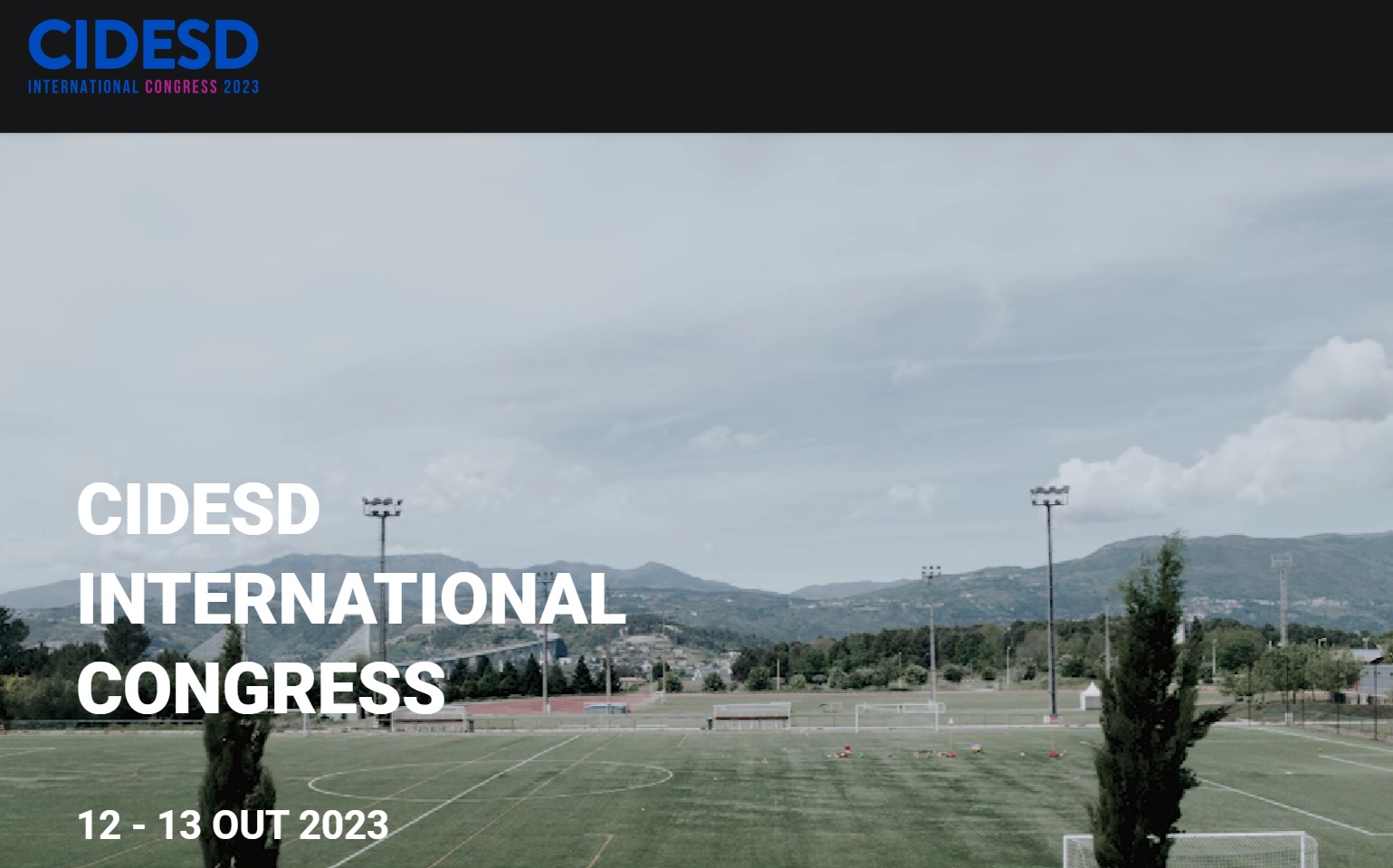Internet addiction and daytime sleepiness in a sample of Portuguese adolescents
DOI:
https://doi.org/10.6063/motricidade.31792Keywords:
internet addiction, daytime sleepiness, adolescents, interventionAbstract
In the last decade, Internet use has increased significantly among adolescents, and its use for long periods can change their routines and physical and psychological well-being. The new generations have more and more problems associated with the dependent use of the Internet, and the sedentary time dedicated to the use of technology is directly related to several health problems. The excessive use of technology affects the onset and duration of sleep, leading adolescents to develop daytime sleepiness, tiredness, and insomnia, resulting in reduced school performance, poor concentration, school failure, and a sedentary lifestyle. The present investigation aimed to explore Internet addiction in adolescents and verify its relationship with daytime sleepiness. The sample consisted of 340 adolescents between 12 and 17 years old, and a Sociodemographic Questionnaire, the Internet Addiction Test and the Pediatric Daytime Sleepiness Scale were used. The results showed that 64.1% (n = 218) of the participants had a mild and moderate Internet dependence rate, and 63 (18.5%) adolescents had excessive daytime sleepiness. In addition, statistically significant differences were found between the sexes of adolescents regarding daytime sleepiness, where females (M = 1.95: DP = .62) have more daytime sleepiness than males (M = 1.76: DP = .66). There was also a statistically significant positive mean association between Internet addiction and daytime sleepiness (r = .488; p < .01); that is, the higher the level of Internet addiction, the greater the daytime sleepiness in young people. Finally, the observed results demonstrated that daytime sleepiness positively predicts Internet addiction (β = .470; p = .000). In this sense, the free time of adolescents is poorly distributed, which facilitates the practice of sedentary activities, thus making young people aware of the importance of physical exercise. Therefore, it is important to carefully assess young people's exposure to the Internet and their sleeping habits to establish adequate strategies to prevent this problem. Thus, the practice of physical activities is recommended, as these help in the development of the adolescent, reduce the risks of future diseases and encourage a healthier lifestyle.
Downloads
Published
Issue
Section
License
The authors of submitted manuscripts must transfer the full copyright to Journal Motricidade / Desafio Singular Editions. Granting copyright permission allows the publication and dissemination of the article in printed or electronic formats and copyrights start at the moment the manuscript is accepted for publication. It also allows Journal Motricidade to use and commercialize the article in terms of licensing, lending or selling its content to indexation/abstracts databases and other entities.
According to the terms of the Creative Commons licence, authors may reproduce a reasonable number of copies for personal or professional purpose but without any economic gains. SHERPA/RoMEO allows authors to post a final digital copy (post-printing version) of the article in their websites or on their institutions' scientific repository.


